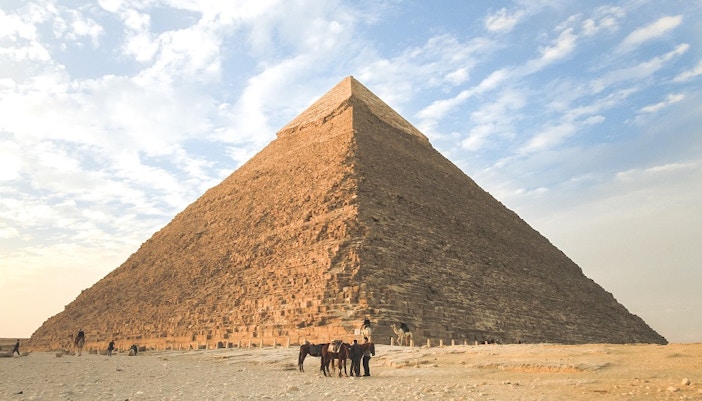Travelers often describe their first glimpse of Khufu’s pyramid as “life-changing.” Photos don’t do justice to its vastness, and touching the ancient stones is an emotional moment for many. Even repeat visitors say every trip feels new.
What makes the experience stand out:
- Inside the Great Pyramid: With an extra ticket, you can climb steep passages into the King’s Chamber. Guests note it’s hot, narrow, and empty—but unforgettable for pyramid enthusiasts.
- Panoramic viewpoints: The complex offers unbeatable angles of all three pyramids together, especially magical at sunrise or sunset.
- Camel rides & photos: Touristy but fun—especially for families. Travelers recommend setting a clear price before hopping on.
- Light & sound Show: The nightly spectacle of projections and narration adds drama to the site after dark.
- Local cafes: Several rooftop spots nearby serve Egyptian food with postcard-perfect pyramid views.
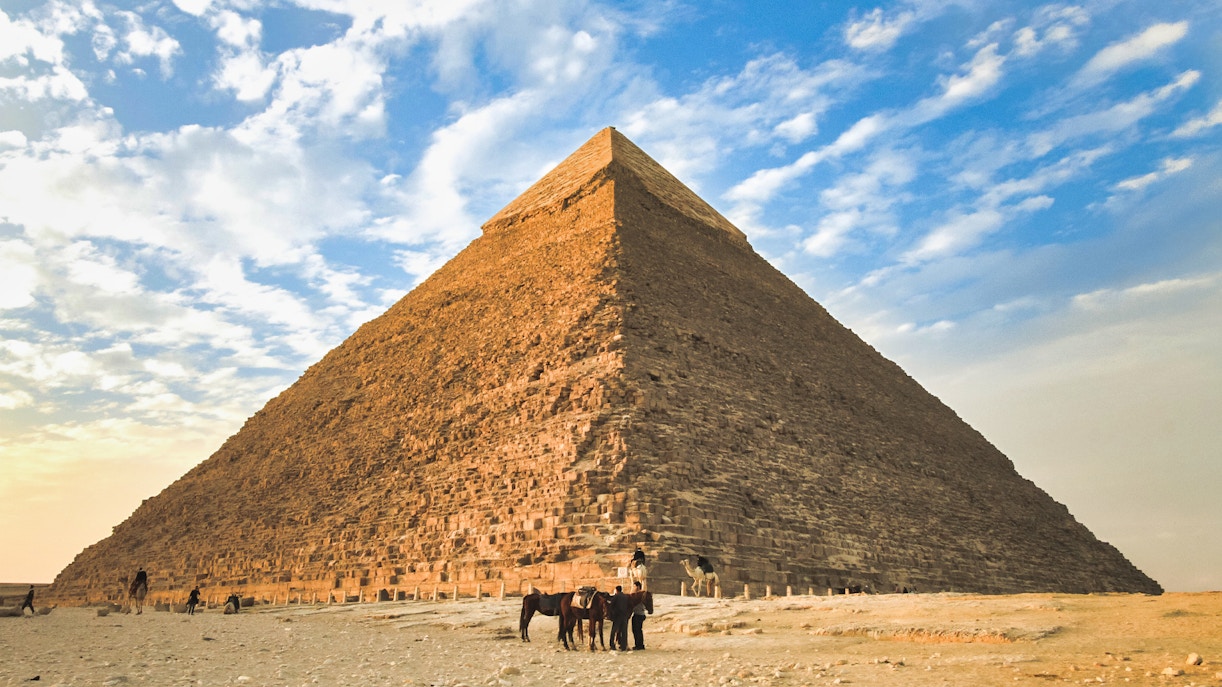

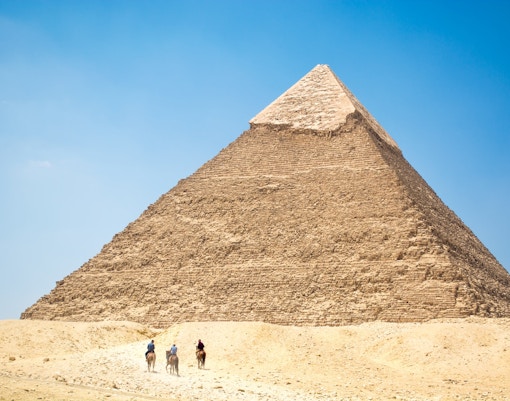
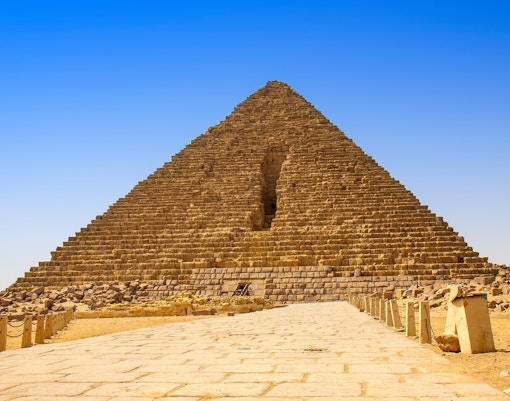
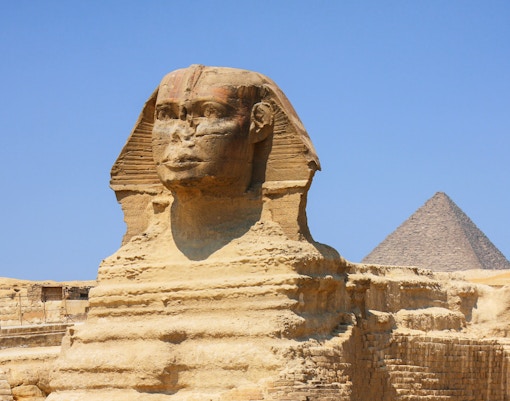
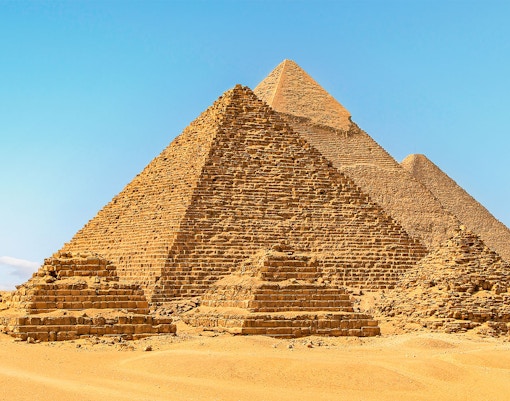
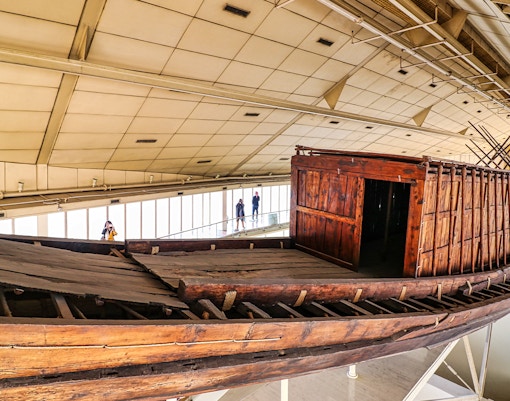


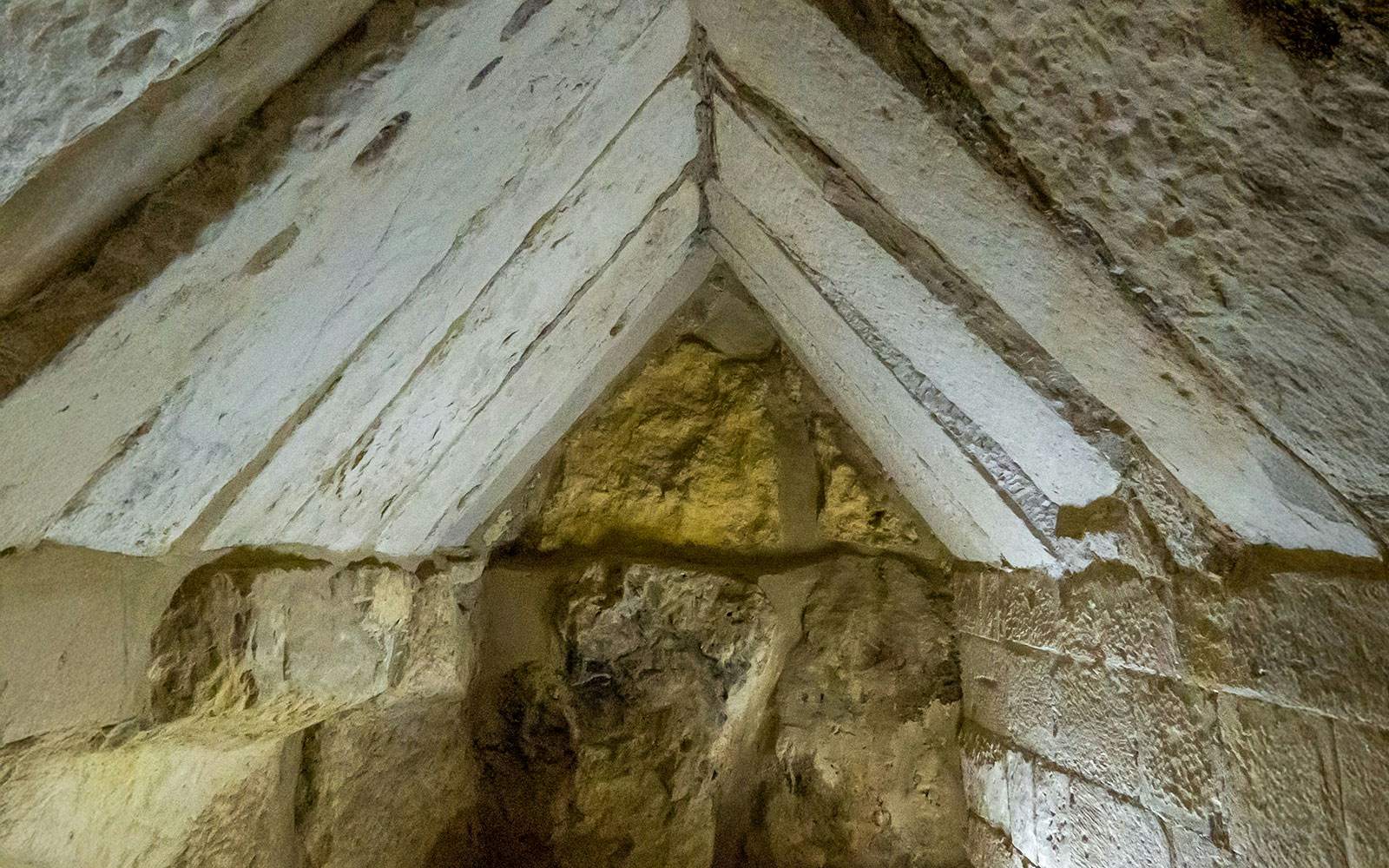



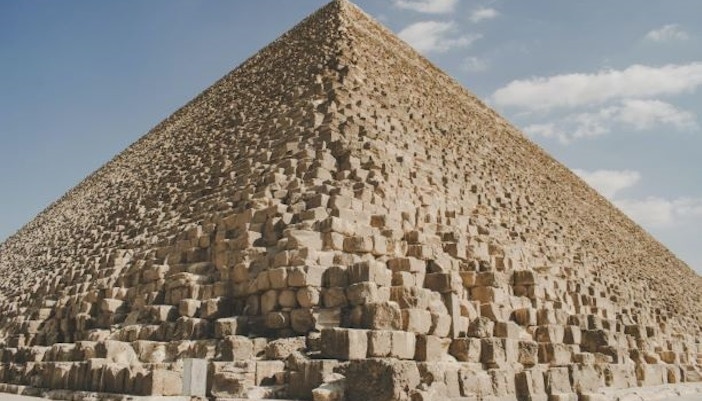
.jpg?auto=format&w=702.4499999999999&h=401.4&q=90&ar=7%3A4&crop=faces&fit=crop)
